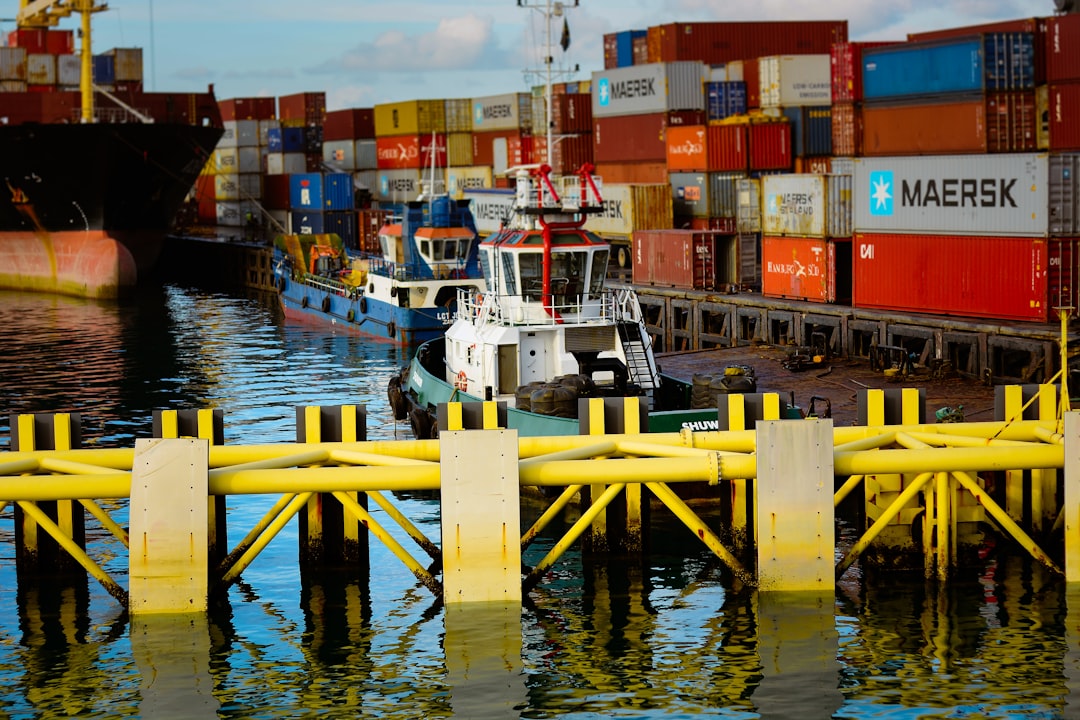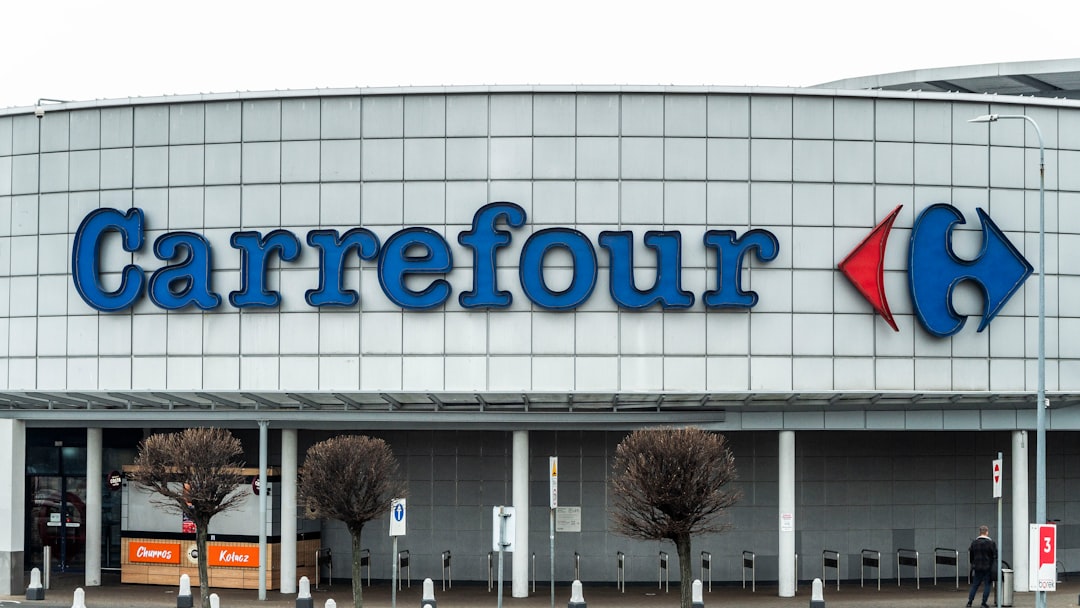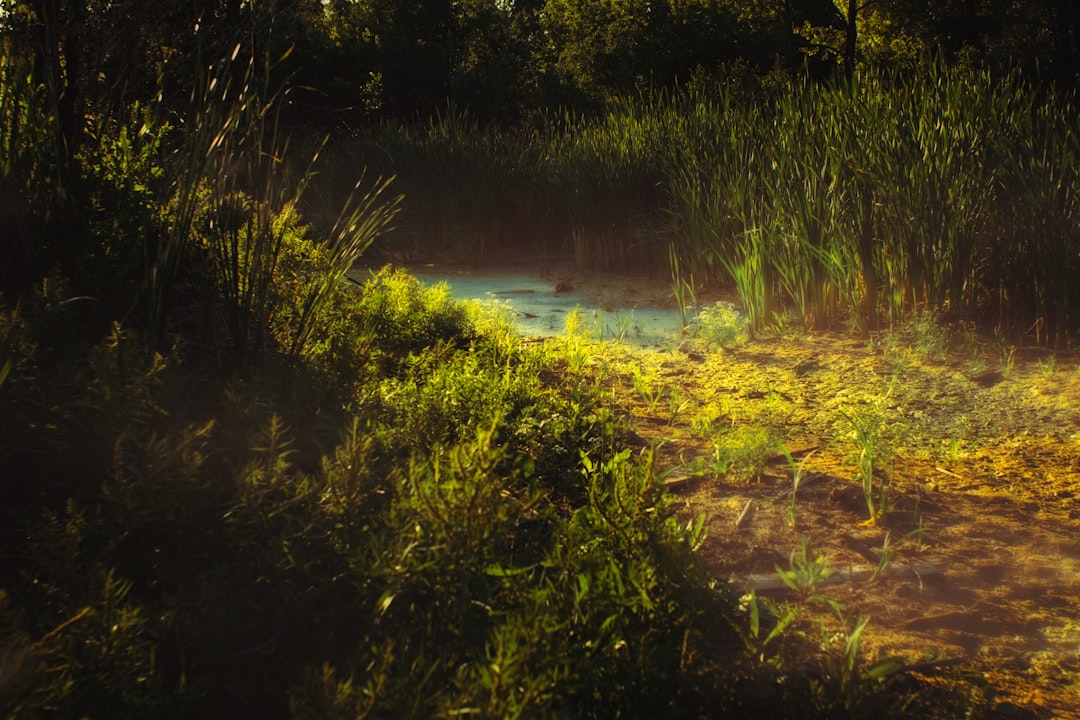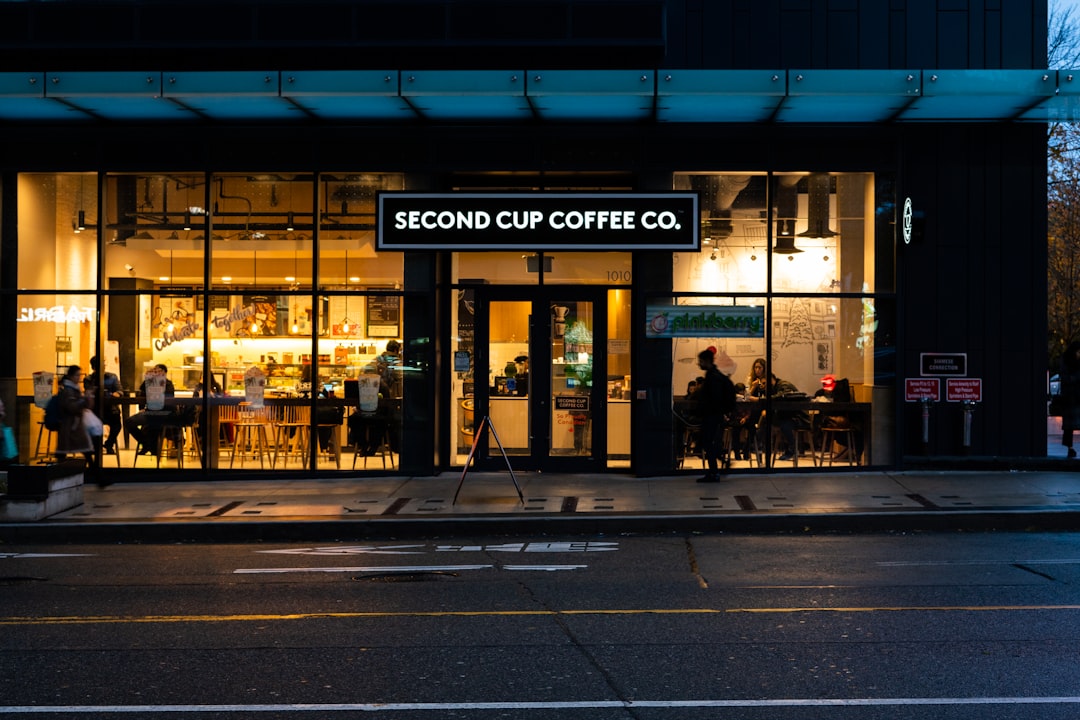Crafting My Own Harris Tweed — here’s what’s new, why it matters, and what to watch next.
Crafting My Own Harris Tweed Handbag in Historic Edinburgh
At a Glance
In the heart of Edinburgh, I embarked on a unique journey away from conventional shopping. Instead of purchasing a trendy handbag, I chose to create my own using the iconic Harris Tweed fabric. This experience was not just about crafting a stylish accessory; it was an exploration of Scottish heritage, craftsmanship, and the stories woven into every thread of Harris Tweed.
Background & Timeline
Edinburgh: A City Steeped in History
Edinburgh, the capital of Scotland, is renowned for its historic and architectural landmarks, including the majestic Edinburgh Castle and the Royal Mile. With roots tracing back to the Stone Age, the city has evolved into a vibrant cultural hub. As I wandered through its cobbled streets, the blend of old and new made it the perfect backdrop for my creative endeavor.
The Significance of Harris Tweed
Harris Tweed, often dubbed the “fabric of the world,” is a handwoven textile that originates from the Outer Hebrides of Scotland. This fabric is not merely a textile but a symbol of Scottish culture and craftsmanship. Recognized by its unique certification mark, Harris Tweed is made from 100% pure wool, dyed, spun, and woven by skilled artisans, primarily in their homes.
The Crafting Experience
My adventure began at a local workshop, where I met artisans dedicated to preserving the craft of Harris Tweed. Over the course of a few hours, I learned about the intricate techniques involved in creating the fabric, from dyeing the wool to weaving it into beautiful patterns. With the guidance of my instructor, I selected vibrant colors and patterns that resonated with my personal style.
As I began to sew my handbag, I discovered how each stitch represented not just a step in the crafting process but a connection to the rich heritage of Scotland. The experience was immersive; I was not only making a handbag but also forging a deeper connection with the cultural significance of the material.
What’s New
This unique crafting experience is becoming increasingly popular among tourists and locals alike. Workshops focused on Harris Tweed are cropping up across Edinburgh, offering personalized experiences that blend traditional craftsmanship with modern design. This trend caters to the growing desire for unique, handmade products that tell a story, moving away from mass-produced fashion items.
As eco-consciousness rises among consumers, the appeal of Harris Tweed continues to grow. The fabric’s sustainability, combined with its rich history, makes it an attractive choice for those seeking to invest in quality over quantity.
Why It Matters
The revival of traditional crafts like Harris Tweed is essential for several reasons. Firstly, it supports local economies by providing jobs and preserving artisanal skills that have been passed down through generations. Secondly, it fosters a sense of cultural identity, allowing both locals and visitors to engage with Scotland’s heritage on a personal level. Lastly, it aligns with a global movement toward sustainable fashion, emphasizing quality and craftsmanship over fast fashion.
What to Watch Next
As more visitors flock to Edinburgh, the interest in traditional crafts is expected to grow. Upcoming events include the Harris Tweed Festival, which celebrates the fabric’s history and craftsmanship through exhibitions, workshops, and demonstrations. Additionally, various local artisans and shops are likely to expand their offerings, catering to the demand for authentic Scottish products.
FAQs
1. What is Harris Tweed?
Harris Tweed is a handwoven fabric made from pure wool, originating from the Outer Hebrides of Scotland. It is known for its durability and distinctive patterns.
2. Where can I find workshops to make my own Harris Tweed items in Edinburgh?
Several local artisans and shops in Edinburgh offer workshops where you can create your own Harris Tweed products, including handbags, jackets, and accessories.
3. Is Harris Tweed sustainable?
Yes, Harris Tweed is considered a sustainable fabric as it is made from natural materials and produced using traditional methods, often in small batches.
4. Can I purchase Harris Tweed items online?
Yes, many artisans and shops sell Harris Tweed products online, allowing you to browse and buy unique items from the comfort of your home.
5. What makes Harris Tweed different from other fabrics?
Harris Tweed is unique due to its handwoven nature, its specific certification, and its deep cultural roots in Scotland, making it a symbol of heritage and craftsmanship.
6. How long does it take to make a Harris Tweed handbag?
The time it takes to make a Harris Tweed handbag can vary based on the complexity of the design and the individual’s sewing skills, but workshops typically last a few hours to a full day.
Takeaways
Creating a Harris Tweed handbag in Edinburgh served as a personal journey into Scotland’s rich textile tradition. It provided not just a unique accessory but an understanding of the cultural significance behind the fabric. As the popularity of handmade crafts continues to rise, experiences like these allow individuals to connect with history while supporting local artisans and sustainable practices.
In a world increasingly focused on fast fashion, taking the time to create something unique underscores the value of craftsmanship and the stories behind the materials we choose.
—
Sources & Credits: Reporting synthesized from multiple reputable outlets and official releases.
Read our related coverage for more on Crafting My Own Harris Tweed.
For context and confirmations, see reputable wires like Reuters or AP News.
Source: Original Source. Reporting synthesized from multiple reputable outlets and official releases.
For deeper analysis on Crafting My Own Harris Tweed, explore more reports and explainers on Insurance Rate Expert.













